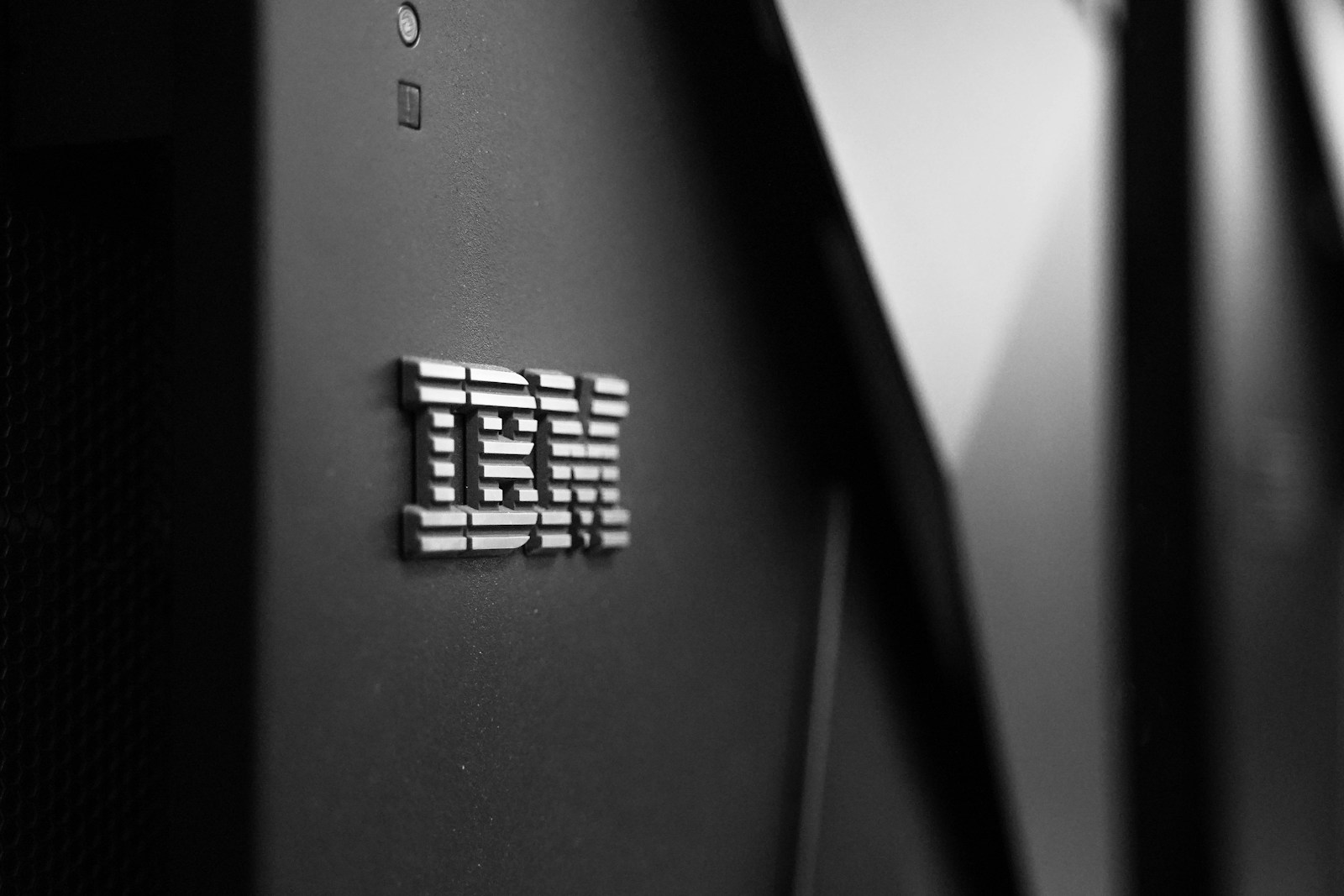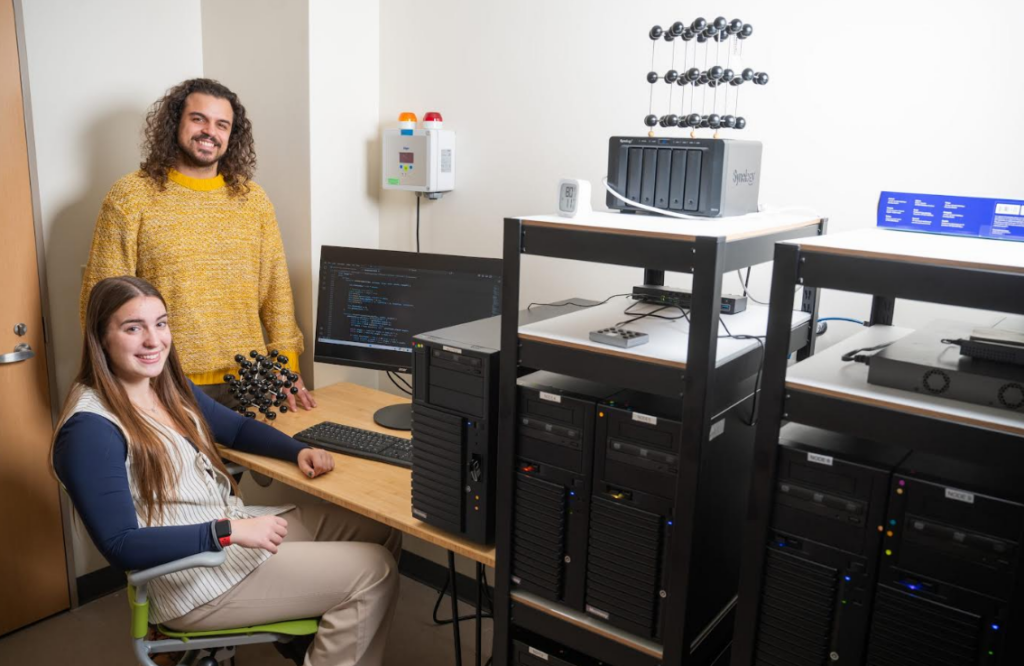Insider Brief
- IBM will publish a research paper Monday showing it successfully ran a quantum error-handling algorithm in real time on AMD field-programmable gate array (FPGA) chips.
- The algorithm, developed to detect and correct qubit errors, was previously announced by IBM in June as part of efforts to make quantum computing more reliable and scalable.
- The demonstration marks progress toward IBM’s goal of building its Starling quantum computer by 2029 and shows its system can operate on readily available, cost-effective hardware.
- Image: Photo by Carson Masterson on Unsplash
IBM said it will release a research paper Monday showing that one of its key quantum computing algorithms can run in real time on chips from Advanced Micro Devices (AMD) — a move that could help make quantum computing more practical and affordable, according to Reuters.
The company told Reuters reporters that its algorithm, designed to reduce the high error rates that have long hampered quantum computers, can now operate on a type of chip called a field-programmable gate array, or FPGA, produced by AMD. The results represent a step toward integrating quantum error correction and control systems on widely available hardware rather than on costly, custom-built components.
The company also suggested that the algorithmic work means its a year ahead of schedule for delivering on their quantum road map.

A Push Toward Real-World Quantum Systems
Quantum computers use qubits — which are different from classical bits because they can probabilistically represent both 0 and 1 at the same time — to process information in ways that are impossible for traditional computers. This property could theoretically allow them to solve problems that would take even the world’s fastest supercomputers thousands of years, such as modeling complex chemical reactions or optimizing large-scale logistics systems.
But qubits are fragile and they can lose coherence or produce calculation errors from the slightest environmental interference, making error correction one of the biggest challenges in building reliable quantum systems. IBM’s algorithm, first announced in June, is designed to detect and correct these errors dynamically while the quantum chip is running, allowing for continuous and stable operation.
According to IBM, the experiment shows that its algorithm can run effectively on AMD’s reprogrammable chips — hardware that is common in data centers and embedded systems — rather than on specialized quantum control units.
Advancing Along the Roadmap
Jay Gambetta, the IBM vice president running the firm’s quantum efforts, told Reuters that the algorithm works in the real world and can operate on inexpensive chips, like AMD’s.
“Implementing it, and showing that the implementation is actually 10 times faster than what is needed, is a big deal,” Gambetta told Reuters.
The research suggests a path to building hybrid quantum-classical systems that can operate with lower costs and faster development cycles.
IBM is among several major technology firms, including its fellow hyperscalers Microsoft and Google, that are trying to develop quantum computers capable of performing practical tasks. The company has outlined a multi-year roadmap that includes building a powerful system known as “Starling” by 2029, Gambetta told the news service. IBM said the algorithmic work demonstrated this week was completed a year ahead of schedule, underscoring its progress toward that goal.

















